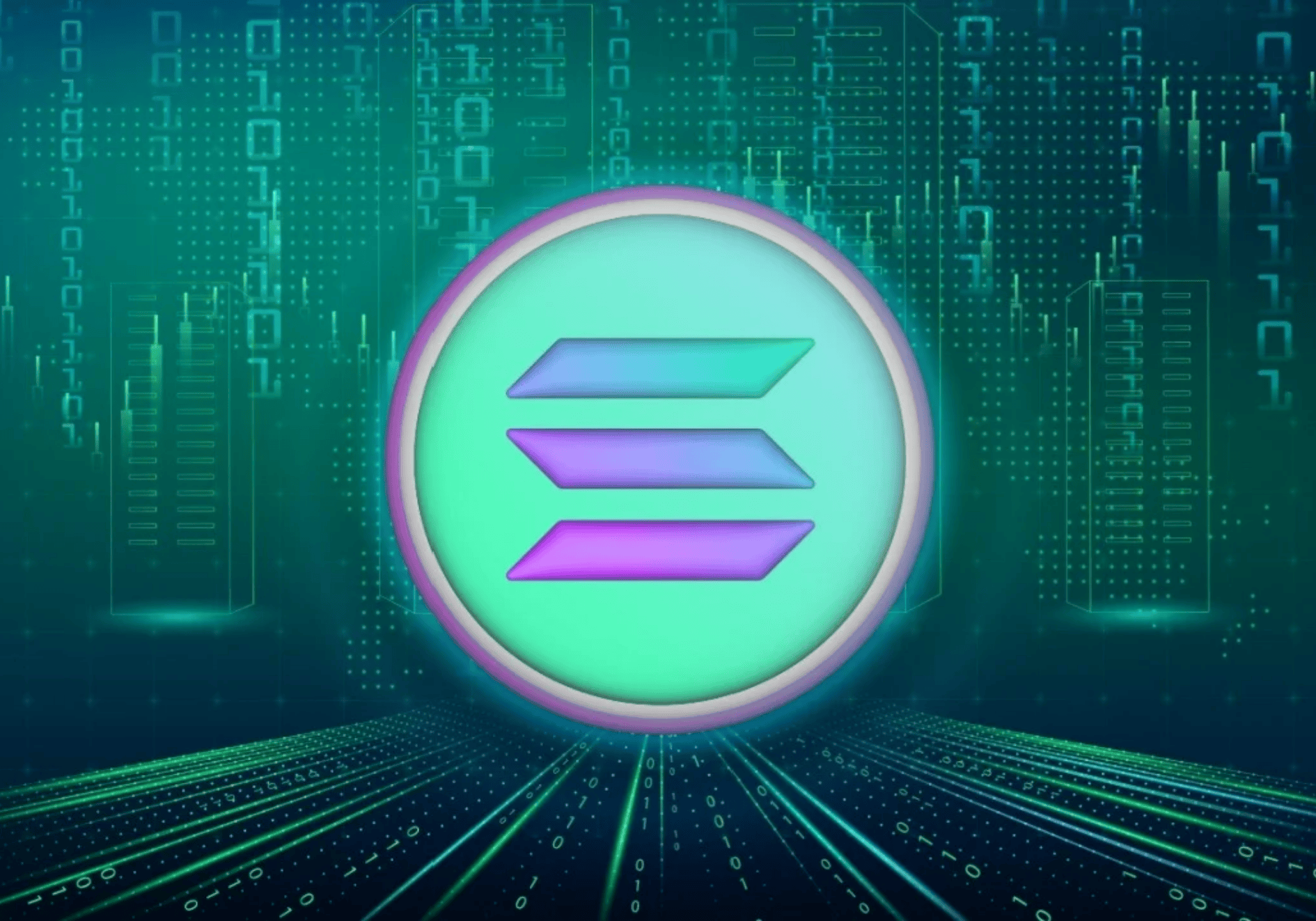Anza Unveils Alpenglow, a groundbreaking upgrade poised to redefine Solana’s blockchain with a target latency of 150 milliseconds. Introduced on May 20, 2025, this is Solana’s most significant architectural overhaul, featuring new protocols to rival Web2 speeds. This article explores Alpenglow’s components, its impact on Solana’s scalability, and the challenges ahead in the blockchain ecosystem.
A Historic Upgrade for Solana
Anza Unveils Alpenglow in a whitepaper by researchers Quentin Kniep, Kobi Sliwinski, and Roger Wattenhofer, calling it a “turning point” for Solana. Unlike prior updates, Alpenglow reimagines the core architecture with two innovative protocols: Votor consensus and Rotor data distribution. These aim to deliver near-instant transaction finality, matching the responsiveness of social media or online gaming platforms, a feat unmatched by traditional blockchains.
The upgrade aligns with Solana’s goal to scale without sacrificing efficiency. Anatoly Yakovenko, Solana’s founder, praised Alpenglow’s design on X, noting its simplicity and ability to maximize bandwidth for block producers, addressing past consensus limitations in the blockchain ecosystem.
Votor: Redefining Consensus
Anza Unveils Alpenglow with Votor consensus, replacing the TowerBFT protocol. Votor streamlines block finality by enabling direct node communication, unlike the slower “gossip” model, which relays data sequentially. This is akin to replacing word-of-mouth with a Zoom call for faster decisions.
Votor operates through two parallel voting rounds:
- Round 1: A block finalizes instantly with 80% stake consensus.
- Round 2: If 60% stake agrees, the block finalizes, acting as a fallback.
These simultaneous rounds select the fastest path to finality, reducing block processing to 100–150 milliseconds. This leap in speed positions Solana to handle high-throughput applications, enhancing Solana’s scalability for DeFi and Web3 use cases.
Read more: Solana dApps Lead Blockchain Revenue Rankings
Rotor: Streamlining Data Distribution
Anza Unveils Alpenglow alongside Rotor data distribution, succeeding Solana’s proof-of-history (PoH). Rotor retains the Turbine protocol’s approach of shredding blocks into smaller data pieces for distribution, allowing nodes to reconstruct blocks from partial data. Its key innovation lies in simplifying transmission to a single relay layer, down from multiple intermediaries, and adjusting data rates based on node stake for efficiency.
This streamlined process minimizes resource use and accelerates block propagation, ensuring Solana’s network remains lightweight and responsive. Rotor’s design supports Solana’s scalability by reducing latency and enhancing data flow across the blockchain ecosystem.
Addressing Infrastructure Challenges

Anza Unveils Alpenglow, but acknowledges it doesn’t fully resolve Solana’s infrastructure issues, notably network outages that have drawn criticism. The reliance on a single validator client, Agave, maintained by Anza, poses a centralization risk—if Agave fails, the network could halt. Hope lies in Firedancer, a new validator client by Jump Crypto, set for mainnet deployment in 2025, which could diversify clients and bolster resilience.
Conclusion
Anza Unveils Alpenglow, Solana’s boldest upgrade, introducing Votor consensus and Rotor data distribution to achieve Web2-like speeds. While promising unmatched Solana’s scalability, challenges like validator diversity remain. As the blockchain ecosystem evolves, Alpenglow could cement Solana’s leadership in high-performance blockchain technology.




